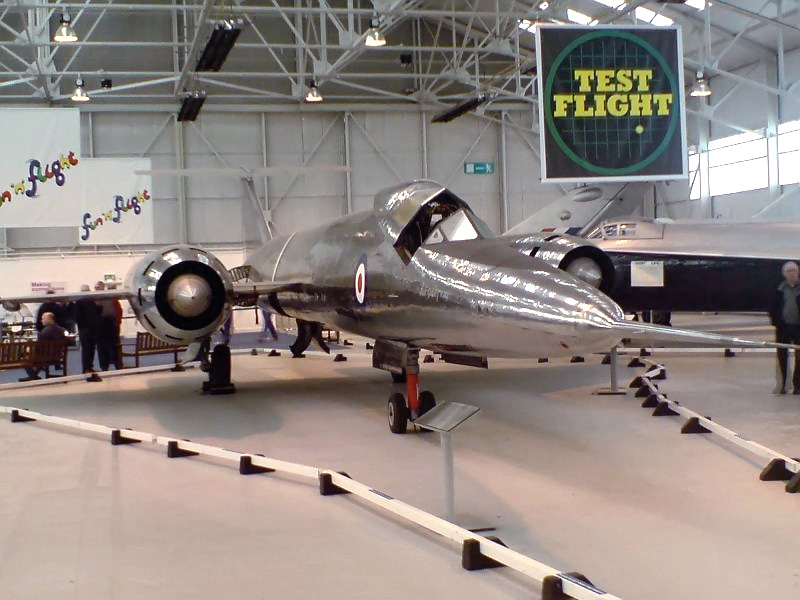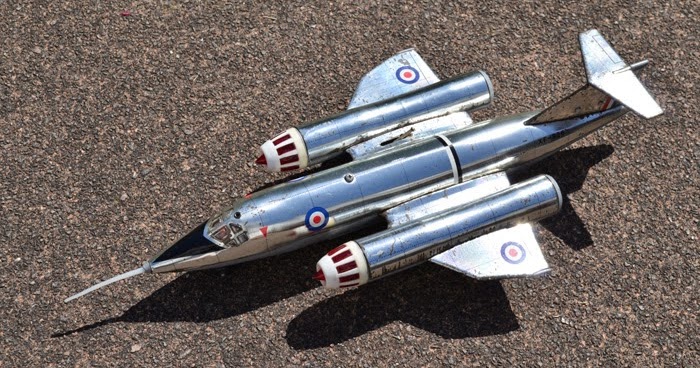- Joined
- 15 July 2007
- Messages
- 4,889
- Reaction score
- 4,553
Despite being favoured over Bristol's design, AWA was not able to spare the staff to realise the ER.134T research aircraft requirement, and so Bristol was awarded the contract.
As we know Bristol's 188 took a long time and was hampered by the Gyron Junior engines.
But what if AWA had staff available for some reason instead?
Decision point being mid December 1953.
Perhaps with less Javelin work for instance?
Under such circumstances AWA's plan was a machine in conventional light alloy first, with a second steel wing on a second machine.
We know that Sapphire with reheat was much more widely used than limited virtual prototype Gyron Juniors.
So arguably AWA could have not only completed the design earlier, but it's performance would be less hampered.
What does this do to later decisions?
Do we see that steel wing second machine?
Do we see a swap to Avons?
Certainly the naccels are easy to change on this design.
As it was Bristol did try to interest the RAF in a fighter version.
And we know AWA did produce a brochure for a interceptor development to Australia.
Although not very agile, the design could become a very fast climbing fighter.
As we know Bristol's 188 took a long time and was hampered by the Gyron Junior engines.
But what if AWA had staff available for some reason instead?
Decision point being mid December 1953.
Perhaps with less Javelin work for instance?
Under such circumstances AWA's plan was a machine in conventional light alloy first, with a second steel wing on a second machine.
We know that Sapphire with reheat was much more widely used than limited virtual prototype Gyron Juniors.
So arguably AWA could have not only completed the design earlier, but it's performance would be less hampered.
What does this do to later decisions?
Do we see that steel wing second machine?
Do we see a swap to Avons?
Certainly the naccels are easy to change on this design.
As it was Bristol did try to interest the RAF in a fighter version.
And we know AWA did produce a brochure for a interceptor development to Australia.
Although not very agile, the design could become a very fast climbing fighter.


